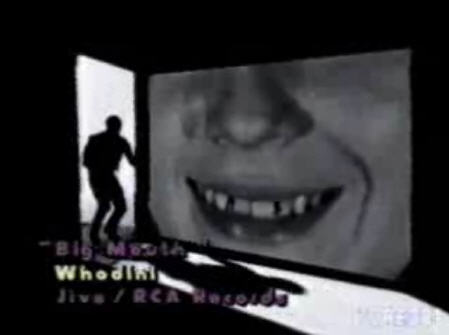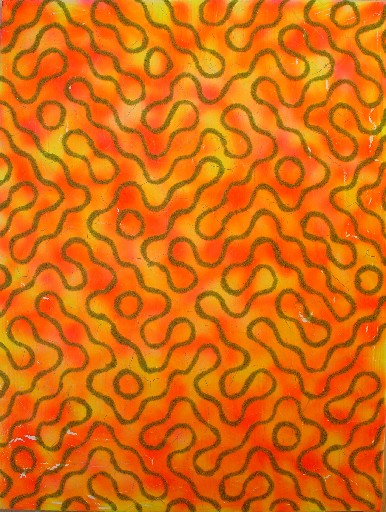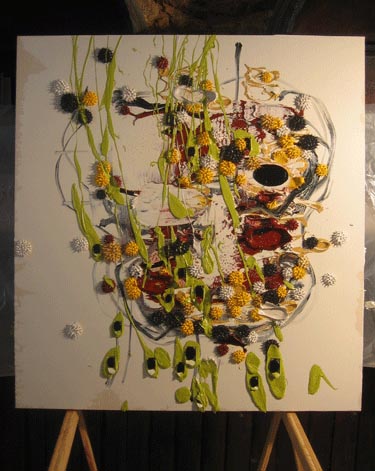View current page
...more recent posts
"Algebra 2 Trig (Beats)" [mp3 removed]
Thanks to Rhizome.org executive director Lauren Cornell for the generous mention of this page in her recent interview with Artkrush.* Here's an excerpt from the interview, but be forewarned that while Cornell's answer is verbatim, interviewer Paul Laster's question has been tinkered with in the interest of good-natured ****satire****. His real question can be found by clicking through to the full exchange.
Artkrush: In the early days of digital art, there was a lot of hype but little actual involvement of artists, galleries, and institutions beyond the token "net art room" in the big festivals. Then the art world took a collective step backwards with its fixation on collectors that were increasingly rich, buying paintings that were increasingly bad, by artists that were increasingly young. What has been going on in new media art during all this time? I hear the Internet is delivering streaming video these days--is that true?Cornell exercises admirable restraint throughout the interview in not saying "duh"--not so much to Laster's questions but to an art world fleeing technology cooties while continuing to bestow princely sums on sub-sub-George Condo cheeky primitivism in the name of some atavistic "cult of the hand." (Yeah, yeah, Paul Chan, Paul Pfeiffer...) In one intervew she's tasked with bringing everybody up to speed on all the cool stuff that's been happening as the world beyond the galleries continues to change.
Lauren Cornell: I actually think that interest in new media is now broader and deeper than before. The early craze around the first wave of Net art faded around the same time as the dot-com era busted. And it's true, the field did take a hit in terms of funding and support. I also think in general it was hard for people to enjoy the computer-based work of that era; viewing artwork on computers is often a psychological leap that is hard for people to make, and the Internet, which most of the works used, was quite a different, more confusing place then. In her essay "On the Vernacular Web," artist Olia Lialina describes it well, as a thin network of pages, ridden with error signs and the first kinds of online personal expression. This is a very different web and cultural moment than we have today. Now, the Internet is a mass medium, with billions of users and much more influence on culture, politics, and personal identity. The field of work that deals with the Internet or networked technologies has grown tremendously and, I believe, gained a wider relevance as digital media has become so much more common.
Update, 2011: The Artkrush link has been changed from http://beta.artkrush.com/33189 to http://artkrush.com/33189.html.

Whodini, "Big Mouth" [YouTube]. This is the long version with the spring reverb, etc. Note outdoor cube farm. The video is a barrel of fun and all the hilarity kind of disguises what a lean, mean song this is. When this version first appeared on '80s radio 'twas a unique thing in the audio landscape. Possibly the most minimal pop then extant.

David Szafranski, Captain Freedom, mixed media on canvas. More from this series here.
Data Is Nature has a great essay on biological and mathematical parallels to Szafranski's paintings.
Carl Ostendarp wallpaper--based on a Dr. Seussoid painting of his from Google Images. Ostendarp once told me was interested in the work of painter Ralph Humphrey, and you can certainly see some connections. I'm not so wild about Humphrey's polychromatic, imagistic shaped canvases from the early '80s (especially the pebbly texture), but the more restrained work from the '60s and early '70s looks nice, from the website, at least. It occupies a territory somewhere between the Myron Stout/Leon Polk Smith school of abstraction and what would later be called "New Image" painting (Susan Rothenberg, Neil Jenney, et al). Ostendarp's wrinkle is adding more media-aware, boomer-centric cartoon iconography, such as these Dr. Seuss hands, to that milieu. His paintings are notable for their flatness and lack of inflection--the dry application of flashe paint on linen is antithetical to the buoyant, comedic imagery. Perhaps this contradiction is what led Marxist critic Joshua Decter to write the Artforum review that "destroyed Ostendarp's career" (at least that was the buzz circa 1995, when I first moved to New York). It may also just be that Decter had a lousy eye, a gift for tendentious review-writing, and too much damn power at the time.












If you are looking at this on Bloglines you will see vertical strips of white space between the columns. That is not intended; I know we can't control how browsers read html (or RSS) but I'm not too keen on automated blog readers that change images from the way they appear on their original pages. I'm happy if you're looking at this blog on Bloglines but want you to know that it's an inaccurate view of my page and recommend clicking through occasionally.
Recommended: Paddy Johnson's takedown of the New York Times' "Screens" blog, for the crimes of banality, bogus ironic distance, and, least pardonable of all, light posting. Blogging is a particular knack; not everyone has it and not everyone is driven to post every day. As Steve Gilliard has often pointed out, going to the "right" schools and meeting the "right" people was a prerequisite for success under the old media, gatekeeper model. Once you schmoozed or credentialed your way into one of those gigs, it was yours to command and audiences were yours to bore forever. With blogging anyone with talent can find an audience without going through the usual career abasement, but the downside, if it is one, is you're only as good as your last party. But whether the itch to blog waxes or wanes, it's supposed to be about your passion(s). It's not about rattling off a long list of current video formats and trends ("web video, viral video, user-driven video, custom interactive video, embedded video ads, web-based VOD, broadband television, diavlogs, vcasts, vlogs, video podcasts, mobisodes, webisodes, mashups and more"), as the "Screens" blogger does, and then apologizing for it by breezily calling it all "senseless" (as in, "we make sense of the senseless"). That just won't wash when people are hungry for information, amusement, and some kind of honest context.
A recording of my bookstore talk with Ed Halter last Wednesday, along with some photos, has been posted here. We discuss Halter's book From Sun Tzu to Xbox: War and Video Games (Thunder's Mouth Press/Avalon, 2006) and the author takes some questions from the audience. The .mp3 lasts about an hour and it's a good, clear recording, so I recommend it as a lively, information-packed introduction to some of the themes and ideas in the book.

New Dennis Hollingsworth painting. It's a beaut. I like the suggestion of a head, the unfinished Ryman-esque quality of the edges, and the physics-flouting, flying-off-the-canvas dynamism of the paint. The sensuousness of that thick buttery substance communicates even in pixel form. Yum.
